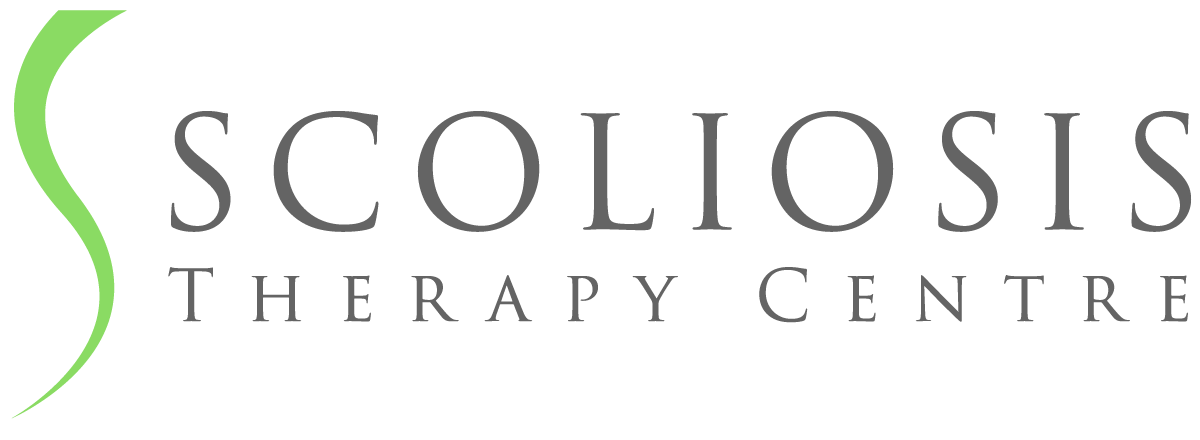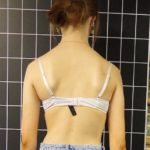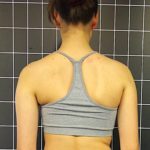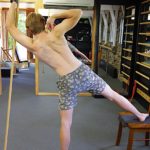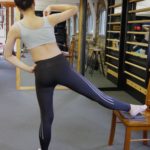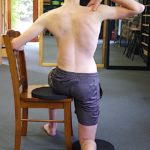Common Types of Idiopathic Scoliosis
In the Schroth Method, common types of idiopathic scoliosis are firstly classified by their major curvature:
Major Thoracic Curvature Types:
- Single Long Thoracic curve
- Thoracic curve with Secondary Lumbar curve
- Double Thoracic curve
Major Lumbar Curvature Types:
- Lumbar and Thoracic Double curve
- Single Lumbar curve
Upper Thoracic curvatures, which are a present in Double Thoracic curves, can also present as an additional compensatory curve in Single Long Thoracic, Thoracic and Secondary Lumbar, and Lumbar and Thoracic Double curve types.
In the majority of idiopathic scoliosis cases, curvatures are to the right in the thoracic spine and to the left in the lumbar spine. The following notes highlight the Clinical Characteristics (what is actually physically observed) of major right thoracic and major left lumbar curvature types.
- Major Thoracic Curve Type
- Major Lumbar Curve Type
Single Long Thoracic Curve
The upper body is shifted right, to the side of the thoracic curvature which moves sideways, backwards and rotates in from the right. The pelvis, in compensation, is shifted to the left, resulting in a prominent and elevated left hip, which may also be rotated backwards. The waistline is noticeably asymmetrical. Weight bearing is through the right leg, the side of the thoracic curvature.
The right shoulder is protracted, rotating forward and internally, and is usually elevated. The lower tip of the right shoulder blade is prominent, raised and tilted away from the ribcage. The left shoulder is retracted and rotates backwards, the shoulder blade is also prominent and appears longer than the right.
The ribcage is rotated backwards and outwards on the right, and the spacing between the right side ribs is expanded; conversely on the left, the back and side of the rib cage is compressed and relatively flat, the left lower ribs are prominent on the front of the body.
Thoracic with Secondary Lumbar Curve
The upper body is shifted right, to the side of the thoracic curvature which moves sideways, backwards, and rotates in from the right. A secondary, functional curvature in the lumbar spine, which may also be rotated backwards, compensates for the major thoracic curvature. Weight bearing is through the right leg, the side of the thoracic curvature.
Additionally, the clinical characteristics, as described above, pertaining to the shoulders, shoulder blades, and ribcage are present in this type.
Double Thoracic Curvature
The upper body is shifted right, to the side of the thoracic curvature in the mid thoracic region, which moves sideways, backwards and rotates in from the right. However, in this pattern, a structural curvature in the upper thoracic rotates in the opposite direction, to the left, weight bearing though, is still through the right leg, the side of the major mid thoracic curvature.
The right shoulder is protracted, rotating forward and internally, the lower tip of the right shoulder blade is prominent, raised and tilted away from the ribcage. The left shoulder is rotated backwards and elevated; the shoulder blade is prominent, longer, and drops into the compressed ribcage. The left and right arms are internally rotated in their respective shoulder joints.
Lumbar and Thoracic Double Curvature
The lumbar and Thoracic curvatures may be similar in magnitude, or the thoracic curvature may be greater. Nevertheless, the lumbar curvature is dominant - the major curvature.
The lumbar curvature moves sideways to the left, backwards, and rotates in from the left. The upper body shifts towards the left side. With this type, the pelvis may also shift to the right resulting in a prominent and elevated right hip, which also rotates backwards. The waistline is noticeably asymmetrical. In both cases, however, weight bearing remains through the left leg, the side of the lumbar curvature.
Additionally, the clinical characteristics pertaining to the thoracic curve, as described above for Thoracic with secondary Lumbar curve, are present in this type.
Single Lumbar Curvature
The lumbar curvature moves sideways to the left, backwards, and rotates in from the left. The upper body shifts towards the left side. With this type the pelvis shifts to the right resulting in a prominent and elevated right hip, which also rotates backwards. The waistline is noticeably asymmetrical. Weight bearing is through the left leg, the side of the lumbar curvature.
The thoracic spine and ribcage remain symmetrical. However, when viewed from side on (sagittal plane) the mid/upper back may look normal, or appear as either a round back or flat back.
Schroth Exercises for Major Curvature Types:
Irrespective whether a patient presents with a major curve type or a less common idiopathic scoliosis curve type, Schroth exercises are customized to meet the needs of individual patients.
- (1)
- (2)
- (3)
- (4)
(1) Single Long Thoracic curve with a Prominent Left Hip.
(2) Thoracic with Secondary Lumbar curve.
(3) Lumbar and Thoracic Double curve.
(4) Lumbar and Thoracic Double curve with a Prominent Right Hip.
[Click once on an image to expand to full view; click on arrow head symbol top right corner to commence gallery slide show; or manually move from one image to another by clicking arrows on left and right of image.]
